You’ve worked really hard to straighten your teeth. Of course you want them as white as possible, too- right? Well, there are some things you should know about stains and how to get rid of them. We’ll cover all the details!
The hard outer layer of your tooth is the enamel, which protects the dentin underneath. Anything you eat or drink can form a layer over the enamel, as can the plaque that builds up due to bacteria feeding on food and drink particles.
These stains that sit on top of your teeth are called extrinsic stains, as they are “outside” the tooth. Over time, though, anything that is not removed works its way into the enamel, which is porous. Once stains work their way down, they become intrinsic, or “inside” the tooth. While they may be harmless, they can be unattractive.
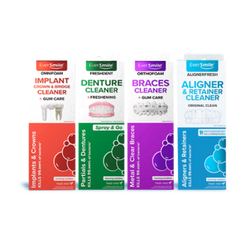
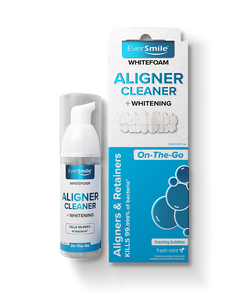
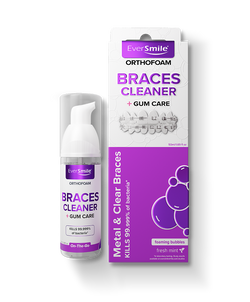
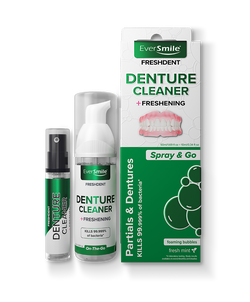

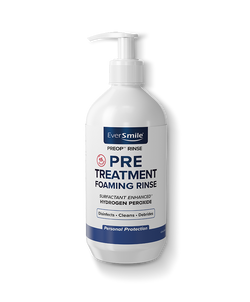

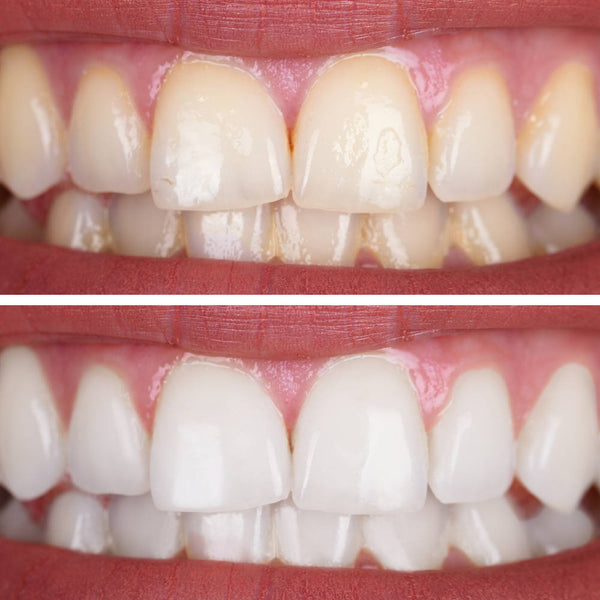
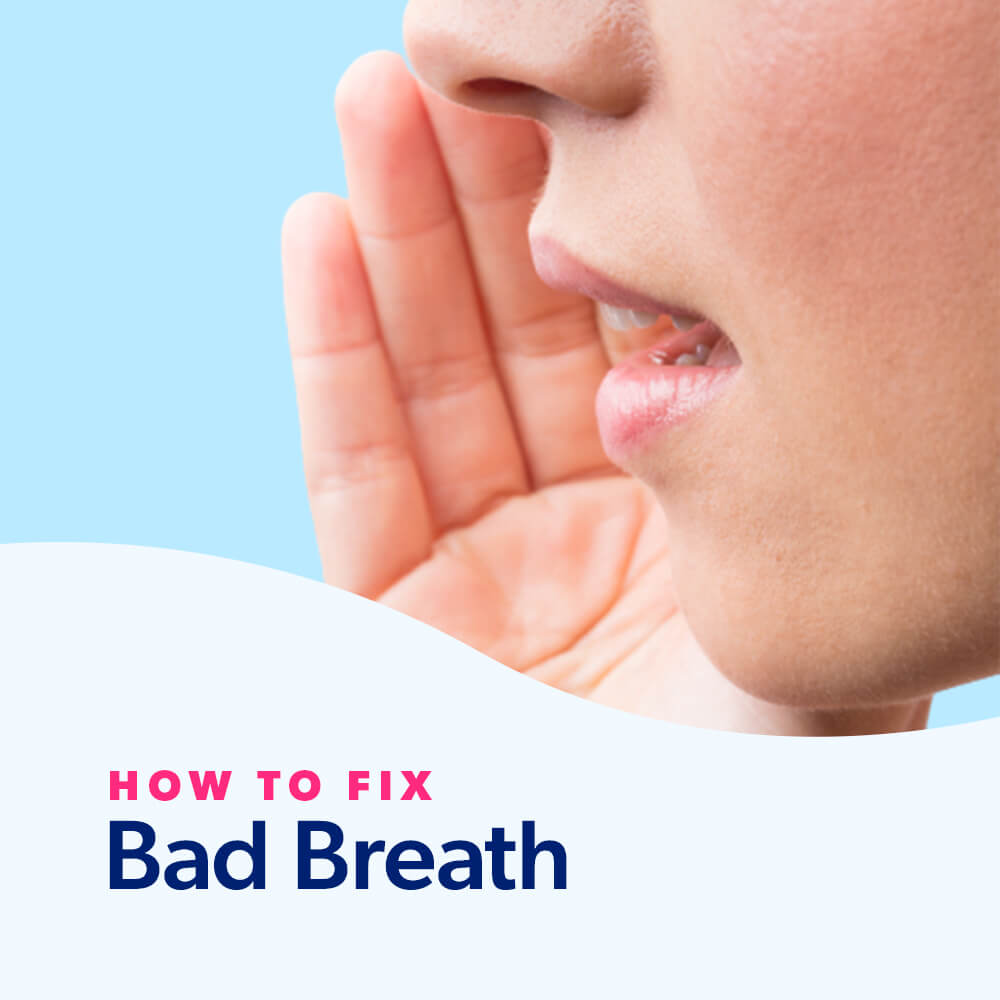
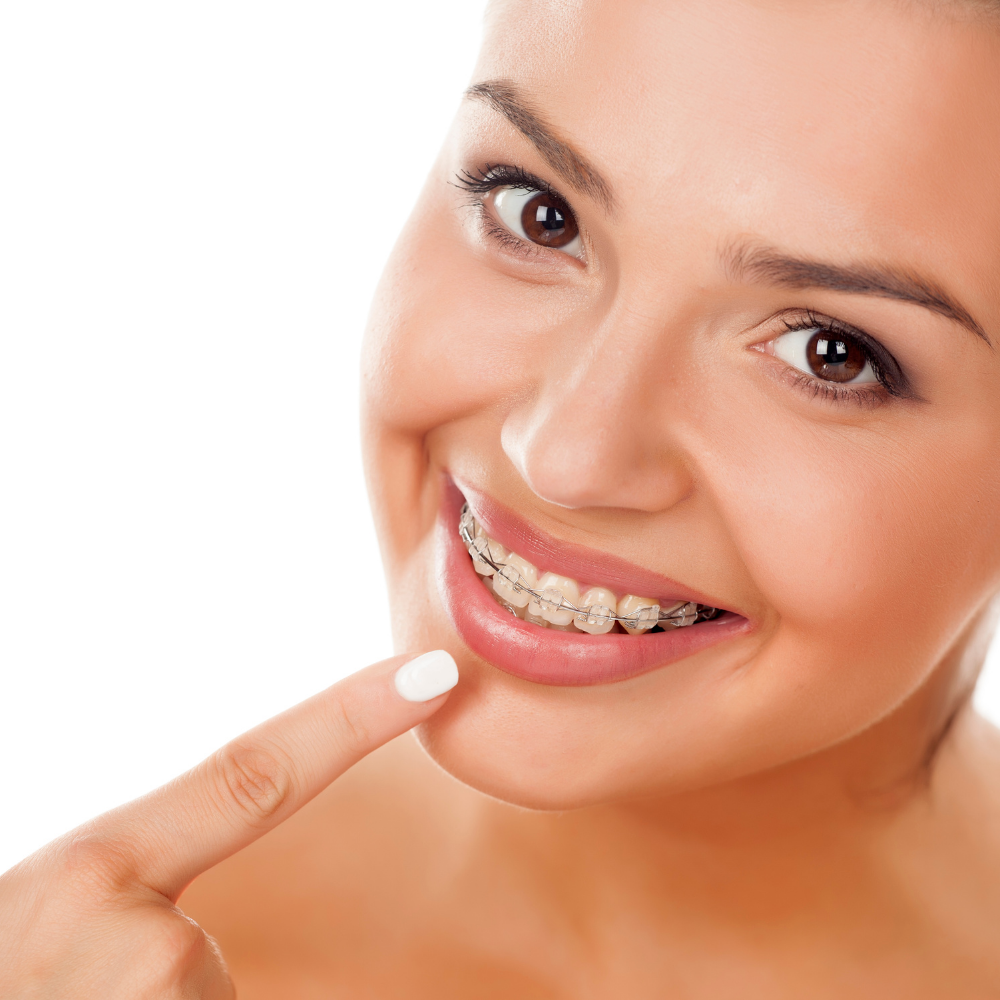
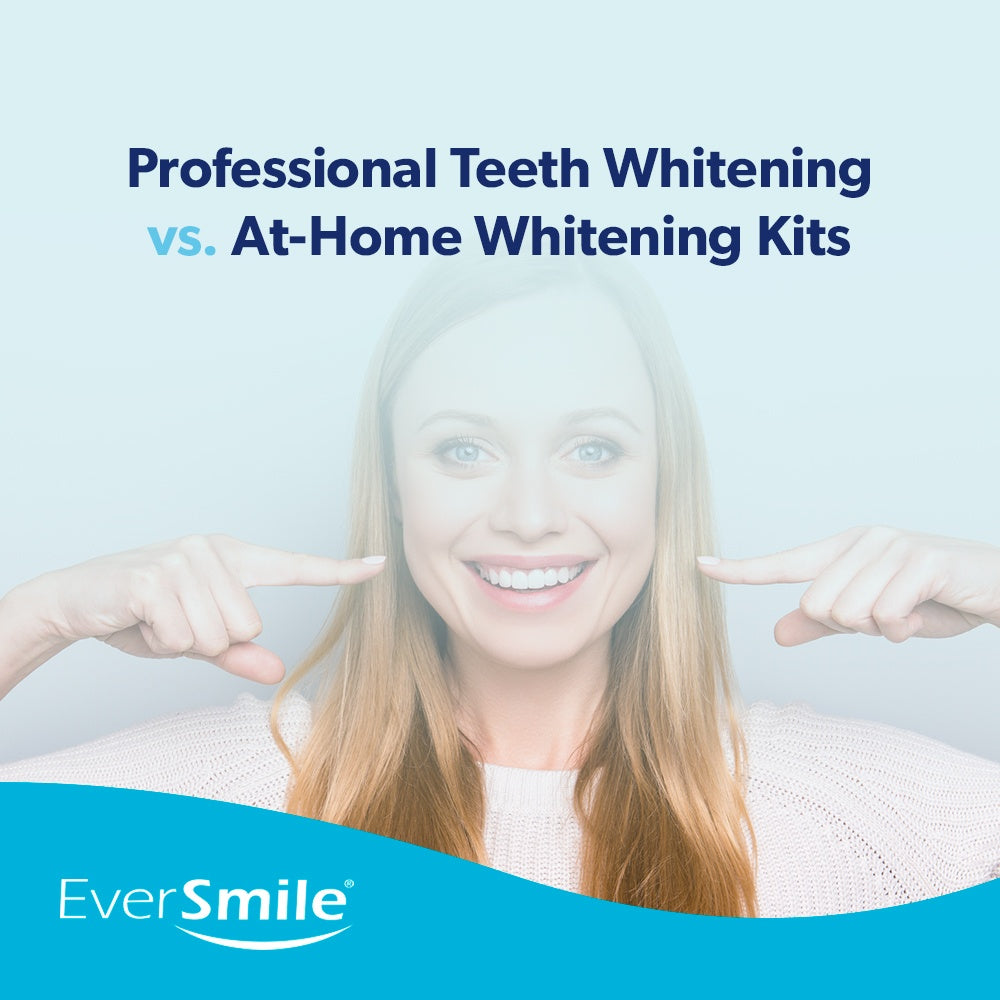
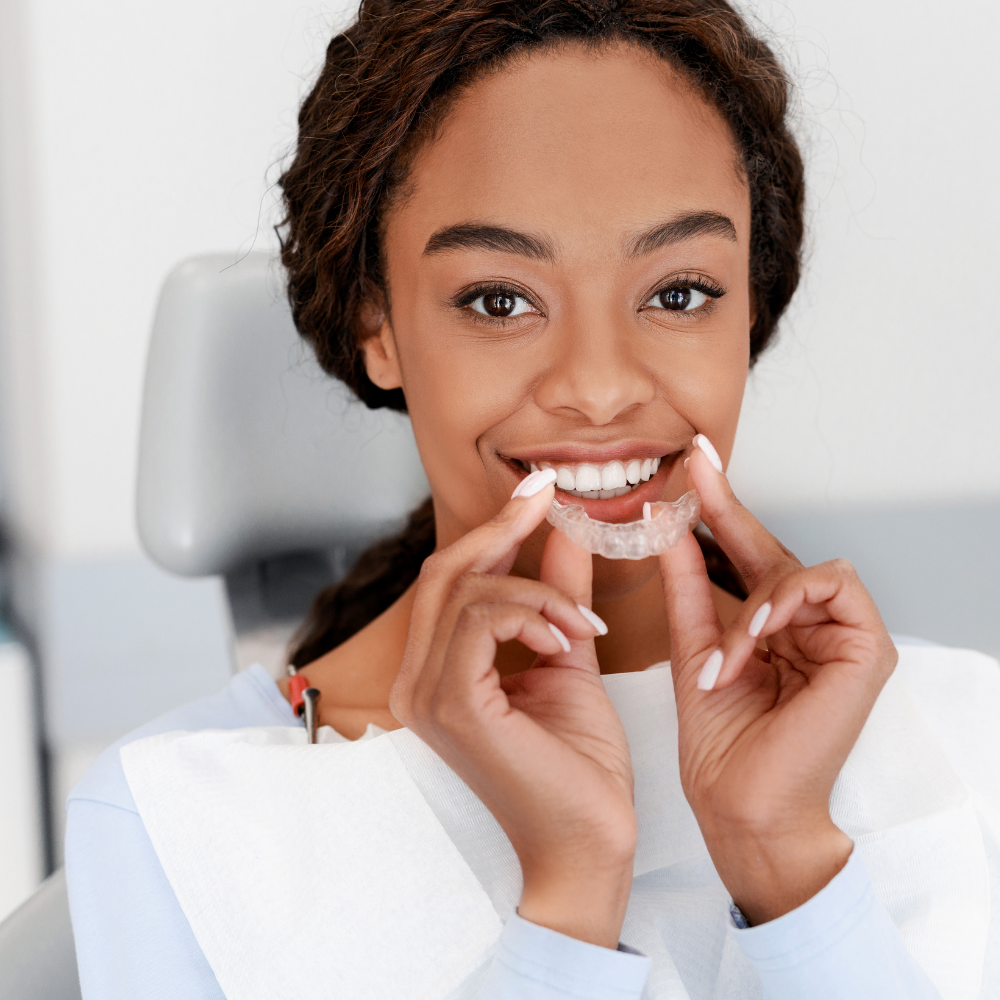
Post a Comment!